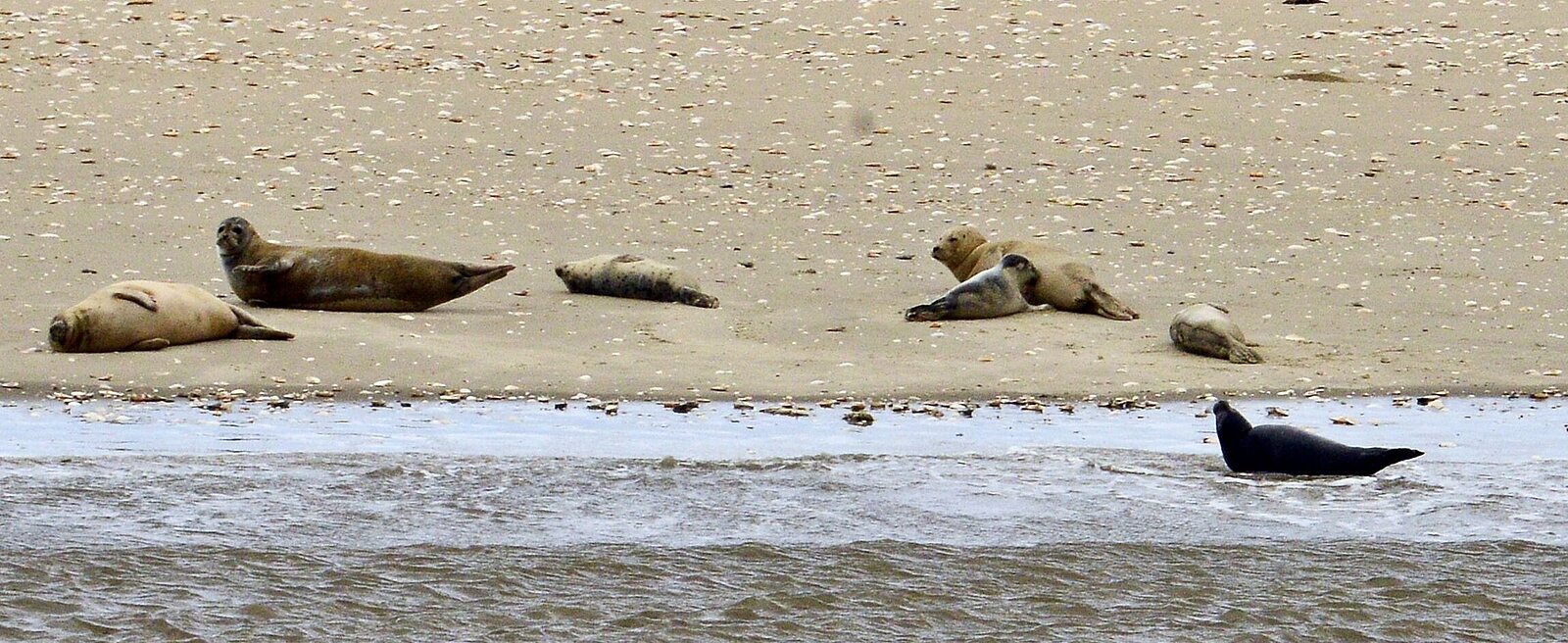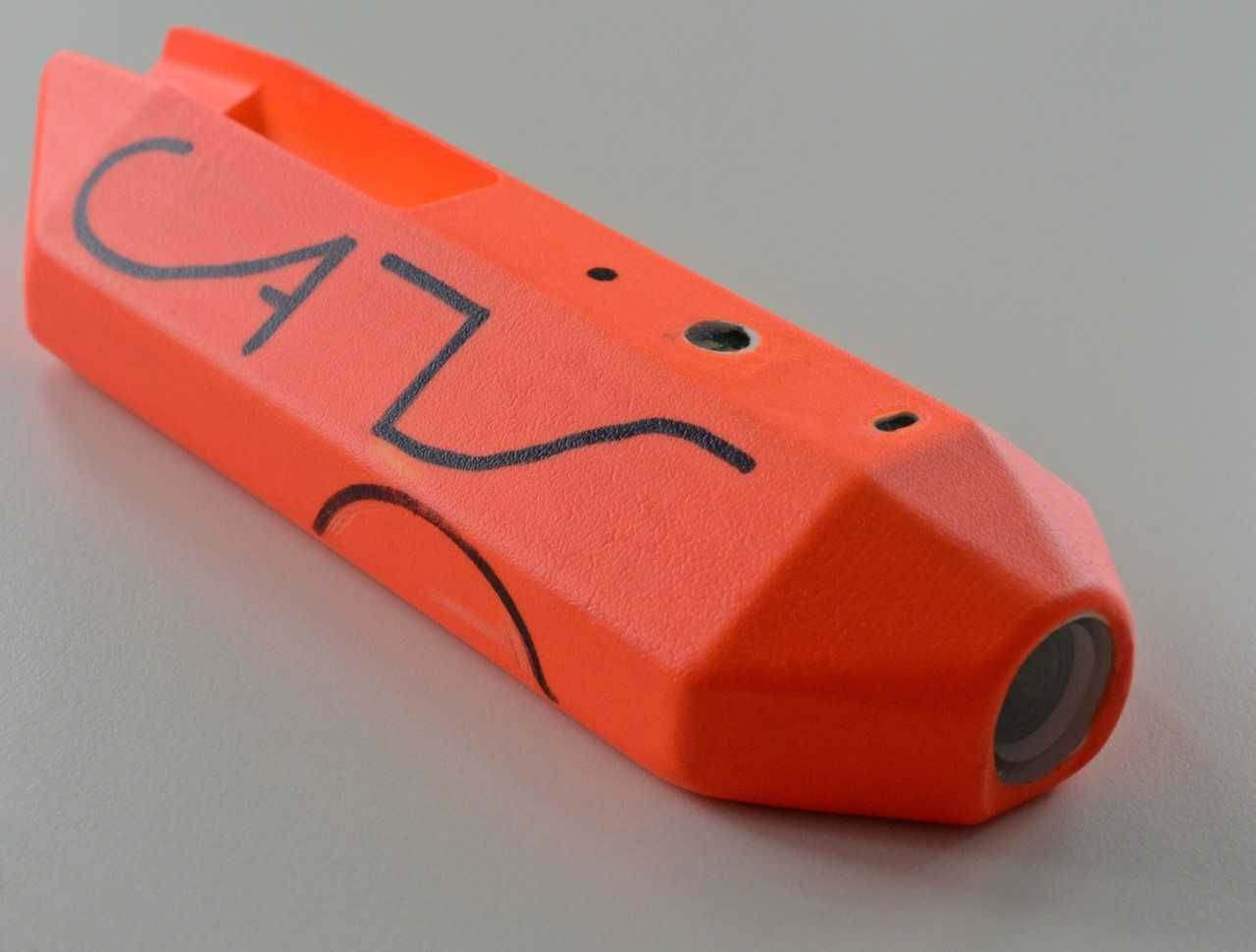
| Project leader: | Prof. Prof. h. c. Dr. Ursula Siebert |
|---|---|
| Scientific staff: | Dr. Abbo van Neer |
| Project term: | January 2021 through December 2021 |
| Sponsorship: | Nationalparkstiftung Schleswig-Holstein |
Project description
The native harbor seal population has been severely depleted in the past, but rebounded after the end of hunting in the 1970s. Two seal distemper epidemics in 1988 and 2002 and an influenza epidemic drastically reduced the seal population in the Wadden Sea within a very short time. However, the population recovered each time, so that currently there are an estimated 40800 living in the Wadden Sea of the Netherlands, Germany and Denmark.
Despite the high profile of this species, some aspects of harbor seal ecology, such as precise movement patterns and habitat use in the Wadden Sea National Park and adjacent waters, as well as information on feeding ecology, are poorly studied. The few studies available suggest that harbor seals do make extended hunting excursions into the open North Sea. However, the ecological relevance of these excursions and the detailed, spatiotemporal resolution of foraging activity are based on purely theoretical approaches. Furthermore, it is not clear which prey organisms and prey size the seals prefer on their hunting trips and whether they show specific hunting tactics depending on prey size.
Therefore, this project aims to fill gaps in our knowledge about where, how often and what exactly seals feed on in the German North Sea.
A problem in this context is that seals spend most of their lives in the water, where it is very difficult to observe their movements. In this context, telemetry - i.e., the tagging of animals with small electronic devices - is an important method to obtain knowledge about habitat use and behavior of the animals. However, in terms of determining foraging and food acquisition, telemetry has a large element of uncertainty. While sensors can provide high-resolution movement data (geographic position, dive depth, dive length, dive distance, acceleration), a characterization of foraging behavior is usually based on a subjective assessment of theoretical assumptions. A direct observation of the feeding behavior can only be achieved by a camera directly on the animal. In the present project, seals will therefore be equipped with a special underwater camera ("CATS-Cam"). In the future, the knowledge gained can also serve as a basis for the optimization of management concepts, as well as for further studies, for example to validate data from conventionally used telemetry devices. Furthermore, the recorded videos can be used for public relations and environmental education.



